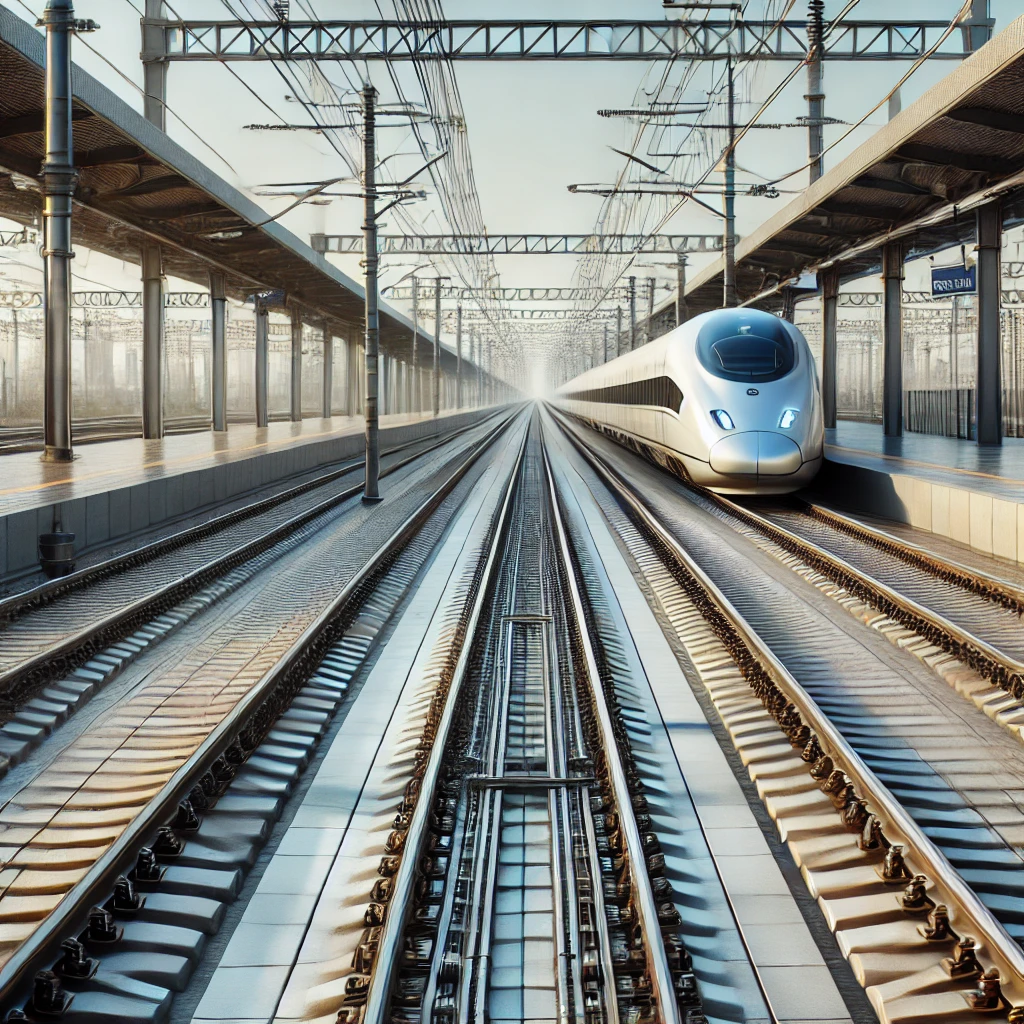Top 5 Challenges in Railway Safety and How to Overcome Them
Introduction
Railway safety is a critical concern for operators, engineers, and passengers alike. As rail networks expand and technology advances, new challenges emerge that must be addressed to maintain high safety standards. In this article, we explore the top five challenges in railway safety and how they can be effectively mitigated.
1. Human Error
One of the leading causes of railway accidents is human error, including misinterpretation of signals, fatigue, and operational mistakes.
How to Overcome It:
- Implement automated train control systems to reduce reliance on human input.
- Enhance driver training and fatigue management programs.
- Introduce real-time monitoring systems to detect and correct human errors.
2. Aging Infrastructure
Many railway networks operate on aging infrastructure that requires continuous maintenance and upgrades.
How to Overcome It:
- Conduct regular inspections and implement predictive maintenance.
- Invest in modernization programs to upgrade tracks, signals, and rolling stock.
- Use data analytics and IoT sensors to detect potential failures before they occur.
3. Cybersecurity Threats
With the digitalization of railway systems, the risk of cyberattacks has significantly increased.
How to Overcome It:
- Implement robust cybersecurity frameworks and regular vulnerability assessments.
- Use secure communication protocols and encrypted data transmission.
- Train staff in cybersecurity awareness to recognize potential threats.
4. Weather-Related Disruptions
Extreme weather conditions such as heavy rain, snow, and heatwaves can impact railway operations and safety.
How to Overcome It:
- Develop weather-resilient infrastructure, including flood-resistant tracks.
- Implement real-time weather monitoring systems.
- Adjust train schedules and operational procedures based on weather forecasts.
5. Increasing Demand and Capacity Management
Growing urban populations and increased freight transport put pressure on existing railway networks, leading to congestion and potential safety risks.
How to Overcome It:
- Expand railway capacity through new lines and improved signaling systems.
- Use AI and automation to optimize train scheduling and traffic management.
- Promote multimodal transport solutions to balance demand.

Conclusion
Railway safety is an ongoing challenge that requires a combination of technology, policy, and proactive risk management. By addressing these five key challenges with modern solutions, the rail industry can ensure safer and more efficient operations.
For more insights on railway safety, visit our website and explore our RAMS training.
